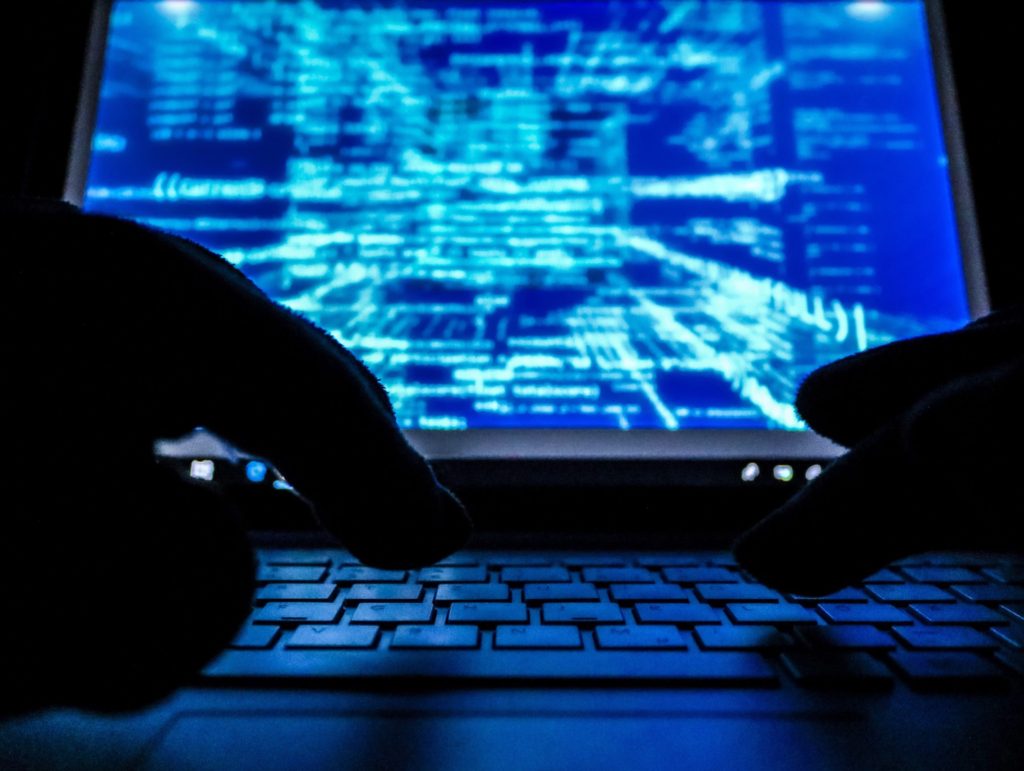Welcome to the Zimbabwe Cyber Security Information,Training & Reporting Platform
Report a cyberthreat
cyber@ictministry.gov.zw
Threat Protection
How to protect from cyber threats
- Treat cyber security as a critical organizational issue
- Embed more security into your supply chain
- Encourage innovative cyber security solutions
- Collaborate with the private sector
- Train your staff
- Control access to your system
- keep your software and system upto date
- Ensure endpoint protection
- Install a firewall
- Back up your data
Tips to protect your devices from cyber threats
1. Government
- Segment LANs
- Invest anomalous activities
- monitor for misuse
2. General Public
- keep your software and system upto date
- Ensure endpoint protection
- Install a firewall
- Back up your data
3. Business
- Secure your desktops
- Use strong authentication
What to do in case you see a potential threat
Try to handle the threat by giving in, or escaping, or talking your way out of the situation. You may find that people are much more reasonable than you expect. Decide whether you have an escape route. If they are only facing you, then you might run backwards

How do you recognize a potential cybersecurity threat?

Install & Update Anti-virus & Other Cybersecurity Programs
If you haven’t already installed anti-virus, anti-malware, and anti-spyware software on every device at your manufacturing facility, now is the time. Install, use, and regularly update these cybersecurity measures on every computer, tablet, and smartphone.
These mechanisms can help shield your company’s valuable data and information from malware, which is the catch-all term for malicious code. Written with the intent to steal or cause harm to information systems, malware contains viruses, spyware, and ransomware. Malicious code can not only steal your computer memory; it can also enable a cyber criminal to record your computer actions and access sensitive information.
To get the most out of your anti-malware programs, set the software to automatically check for updates at least once daily, or in real-time, if available. Adjust the settings to run a complete scan after daily updates.
An example of typical business anti-malware settings might include:
- Running anti-virus programs daily or nightly, such as at midnight
- Scheduling a virus scan to run about half an hour later (12:30 a.m.)
- Following up by running anti-spyware software a couple of hours later, such as at 2:30 a.m.
- Running a full system scan shortly afterward (3:00 a.m.)
This example is based on the assumption that a facility always has a running, high-speed Internet connection for all devices. The timing of your updates and scans may vary, but you need to perform them daily. Be sure to schedule them so that only one activity takes place at any given time.
For home-based employees or for employees’ personal devices, make sure they have copies or access to the same anti-virus and anti-spyware software, and require them to run regular updates per the previous example.
It is important that all employees understand why running anti-virus, anti-malware, and anti-spyware is vital to protecting company information and assets. Employees must also understand how early detection could potentially save the company from serious consequences associated with a cybersecurity incident or breach.
For redundant security, you may want to use two different anti-virus solutions from different vendors. Using anti-malware protection from two different providers can improve your chances of detecting a virus. Routers, firewalls, or Intrusion Detection and Prevention Systems (IDPS) usually have some anti-virus capabilities; but you don’t want to rely on them exclusively to protect your network.
Keep in mind that anti-virus solutions can only detect known viruses. If a new virus is developed and deployed, your anti-virus may not be able to detect it. It is important to keep your anti-virus solutions up to date in order to detect the latest viruses.
Maintain & Monitor Detection Logs
Most malware protection and detection hardware and/or software is equipped with logging capability.
Check your user manual for instructions on how to:
- Use your logs to identify suspicious activity
- Maintain regular log records that are valuable in an investigation
- Back up logs regularly and save them for at least a year (although some types of information may need to be stored for longer)


